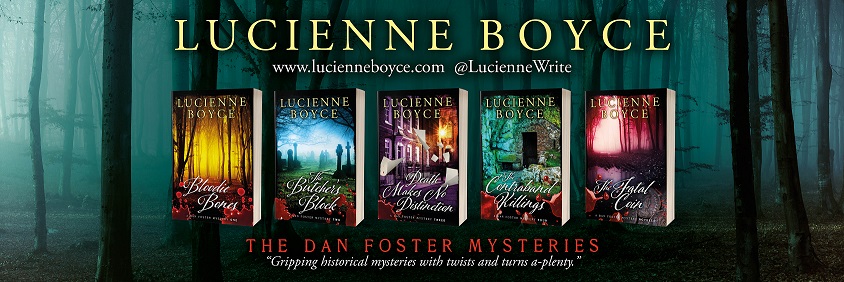I
was on Silver Sound with fellow-presenter Mervyn yesterday in a show
devoted to all things Christmas. I had selected three of my favourite Christmassy
reads. These are the ones I chose:-
The Pickwick Papers, Charles Dickens
What
can I say? It’s Charles Dickens. Of course, his most famous Christmas story is A Christmas Carol, and very lovely it
is, but my favourite happens to be the “good-humoured Christmas Chapter”
(Chapter 28, continued in Chapter 29) of The Pickwick Papers. Mr Pickwick and
his friends spend the holiday in the country with their friends the
Wardles. The Pickwickian Christmas has got everything: Christmas cheer, kisses
under the mistletoe, dancing, eating, drinking, skating. There’s a Christmas
wedding. Best of all, there’s a Christmas ghost story – The Story of the
Goblins who Stole a Sexton. It’s “a season of hospitality, merriment, and
open-heartedness…gay and merry…Happy, happy Christmas…” What if it is Christmas
as it ought to be and which it probably never is? It’s so heart warming it’s positively
incendiary. So let’s join Mr Wardle in a Christmas song and “Give three cheers
for this Christmas old”.
The
Lion, the Witch and the Wardrobe, C S Lewis
I loved
the Narnia Chronicles when I was a child and still do. Narnia is ruled by the
White Witch who turns her opponents into stone and “has made a magic so that it
is always winter in Narnia – always winter, but it never gets to Christmas”. A
tale of snow and ice, talking beasts, battles and monsters – and Turkish Delight.
I always insist that my Christmas presents include a box of Turkish Delight!
Memories
of Christmas, Dylan Thomas
Glorious,
sublime prose from Dylan Thomas, Memories of Christmas is known in other
versions as A Child’s Christmas in Wales. My favourite passage is when a fire
breaks out in Mr and Mrs Prothero’s house and the narrator and his friends
throw their snowballs into it in an effort to put it out. The fire brigade
arrive and extinguish the blaze. “And when the firemen turned off the hose and
were standing in the wet and smoky room, Jim’s aunt, Miss Prothero, came downstairs
and peered in at them. Jim and I waited, very quietly, to hear what she would
say to them. She said the right thing, always. She looked at the three tall
firemen in their shining helmets,
standing among the smoke and cinders and dissolving snowballs, and she said: ‘Would
you like something to read?’ ”
Christmas
and books – what could be better?
You
can listen to Dylan Thomas reading A Child’s Christmas in Wales in a 1952 recording
at https://soundcloud.com/harpercollinspresents/childschristmasinwales
Gerard
chose poetry for his Christmas reading – Thomas Hardy’s beautiful poem The
Oxen, inspired by the legend that at midnight on Christmas Eve cattle kneel
down in honour of the the birth of Jesus. You can read the poem here https://www.theguardian.com/books/booksblog/2010/dec/16/thomas-hardy-oxen-seasons-readings
Mervyn’s
choice was John Betjeman’s Christmas, which you can read here http://www.telegraph.co.uk/culture/3813820/The-Great-Christmas-Compendium-John-Betjemans-Christmas.html
Mervyn
played a lovely selection of Christmas music – including my favourite Christmas
song, Otis Redding’s Merry Christmas Baby – Gerard gave us a Christmas quiz,
and Penny ran the desk. It was a lovely show, and you can listen to it again here – Mervyn and Penny started the show at 10, and Gerard and I joined them
from 11 to 12.
Here’s
wishing all my readers and listeners a happy and peaceful Christmas!

Comments
Post a Comment